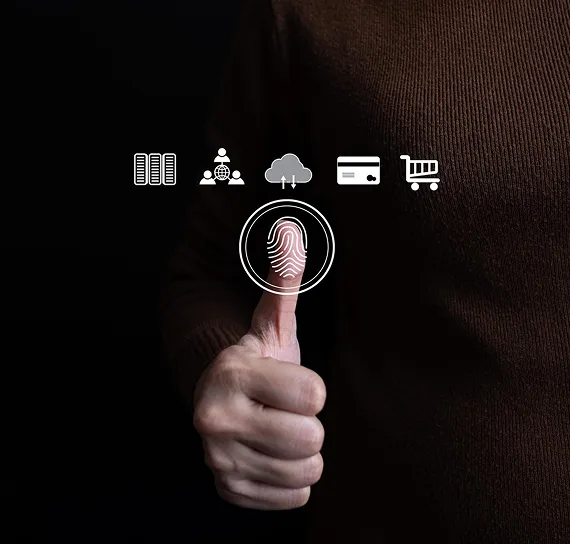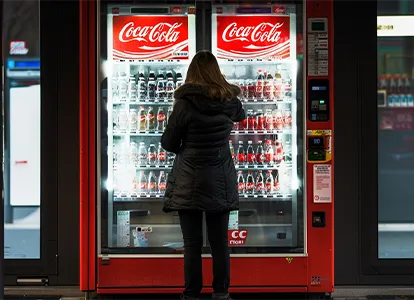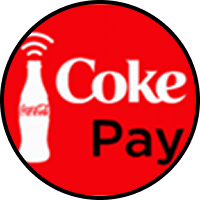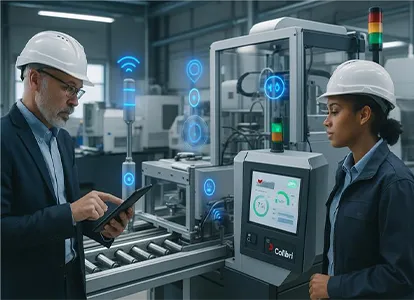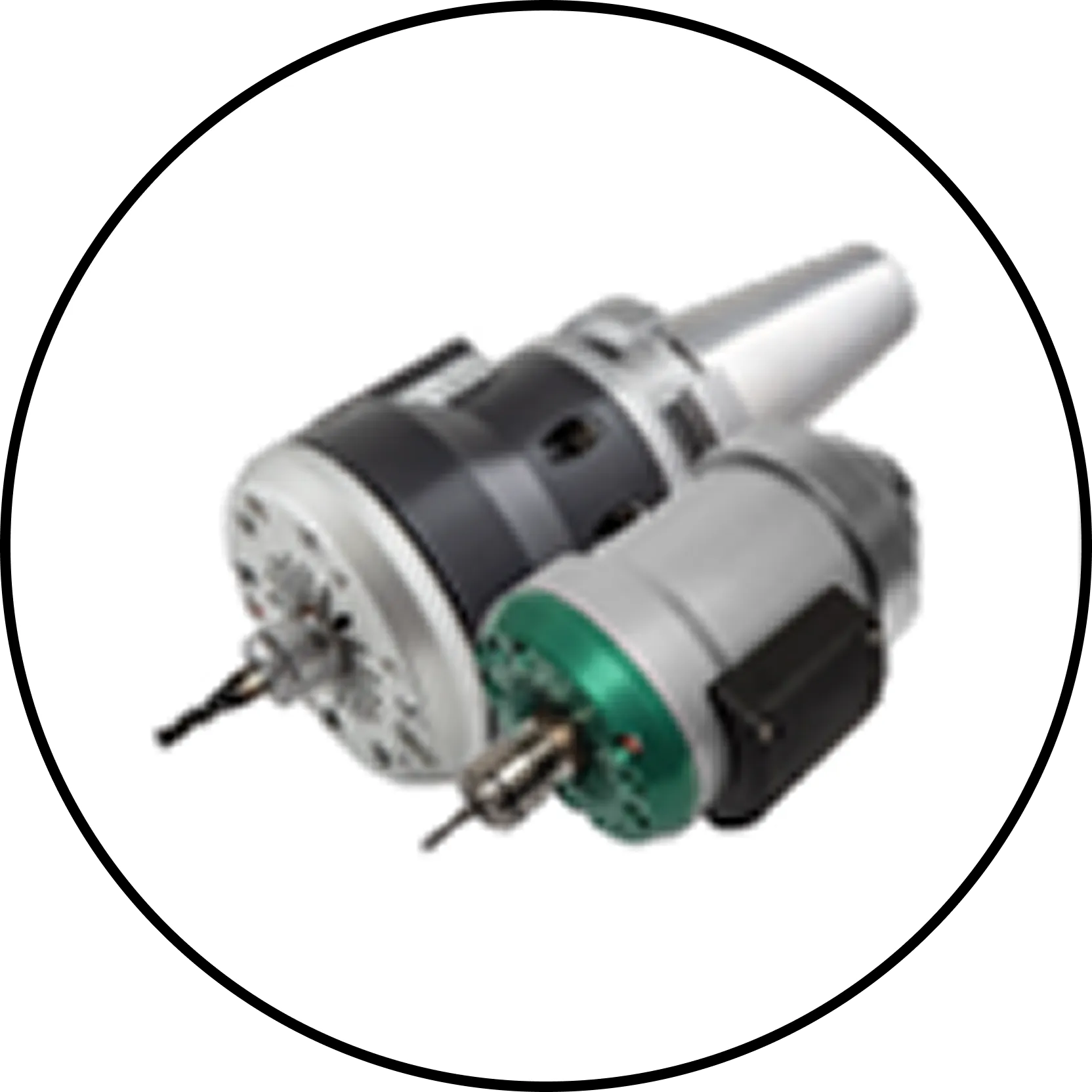Smart Shelves
IoT based shelves use weight sensors and RFID tags. Those are to track inventory in real time. It triggers automatic restocking alerts and ensures that products are always available for customers.
Automated Checkout Systems
Self-checkout and IoT automated systems reduce wait times. It simplifies payments and enhances customer experience. This is possible by allowing shoppers to bypass traditional checkout lines.
Energy Management
IoT energy systems monitor and optimize lighting, HVAC and equipment usage. This reduces operational costs and promotes sustainability across retail stores.
Environmental Monitoring
Sensors track in-store temperature, humidity and air quality. Along with that it ensures optimal conditions for products and a comfortable shopping experience for customers.
Predictive Equipment Maintenance
IoT sensors detect potential equipment failures in refrigeration, HVAC or POS systems. This even allows timely maintenance. It even prevents costly downtime.
Dynamic Pricing Systems
Smart pricing systems adjust prices in real time. It is based on demand, inventory and competitive trends. It is done by helping retailers maximize sales and profitability.
Customer Foot Traffic Analysis
IoT sensors track customer movements. It is to optimize store layouts, product placement and staffing. This improves operational efficiency and shopping experience.
In-Store Navigation
IoT based navigation apps guide customers to products. It is within large stores by reducing search time. It even enhances convenience.
Loss and Theft Prevention
RFID tags, smart cameras and IoT sensors monitor inventory. Along with that, it even detects suspicious activity. This is because it helps reduce shrinkage and improves store security.
Smart Shopping Carts
Carts equipped with sensors assist customers with product information. Plus, route guidance and collecting shopping data. Those are for better personalization and inventory management.
Smart Mirrors
IoT smart mirrors let customers virtually try on clothing. It provides a realistic fitting experience. It even helps them make confident purchasing decisions. That also without physically changing outfits.
Interactive Displays
Digital signage and IoT-enabled displays offer personalized product recommendations. Along with that, it provides promotions and information to shoppers. This enhances engagement and increases in-store sales.
Personalized Marketing
RFID tags and IoT sensors continuously track stock levels. It is done by ensuring timely restocking and reducing out-of-stock situations. This even improves overall inventory accuracy.
Inventory Management
IoT and RFID technologies combine to provide complete visibility into product movement and availability throughout the retail network.
Smart Warehousing
IoT’s warehouse systems automate inventory tracking, optimize storage space and streamline logistics by increasing operational efficiency. It even reduces errors in order fulfillment.
Virtual Try-Ons
IoT’s virtual try-ons allow customers to test products. Products like makeup digitally. This ensures convenience, hygiene and confidence. All these in purchasing without physically applying products.
Personalized Recommendations
Retailers use IoT-collected data to suggest products that are customized to each customer’s skin, hair or health needs. These things improve engagement, satisfaction and sales conversion.
Inventory Monitoring
IoT sensors track product availability in real time. It is done by preventing out-of-stock situations and ensuring that popular items remain accessible to customers.
Cold Chain Monitoring
IoT devices monitor temperature-sensitive products throughout storage and transport. This ensures proper conditions. It is even done by preserving efficacy and reducing spoilage or safety risks.
Real-Time Inventory Tracking
Smart sensors track stock levels continuously by alerting staff to shortages or replenishment needs. This is possible by streamlining operations and maintaining consistent product availability.
